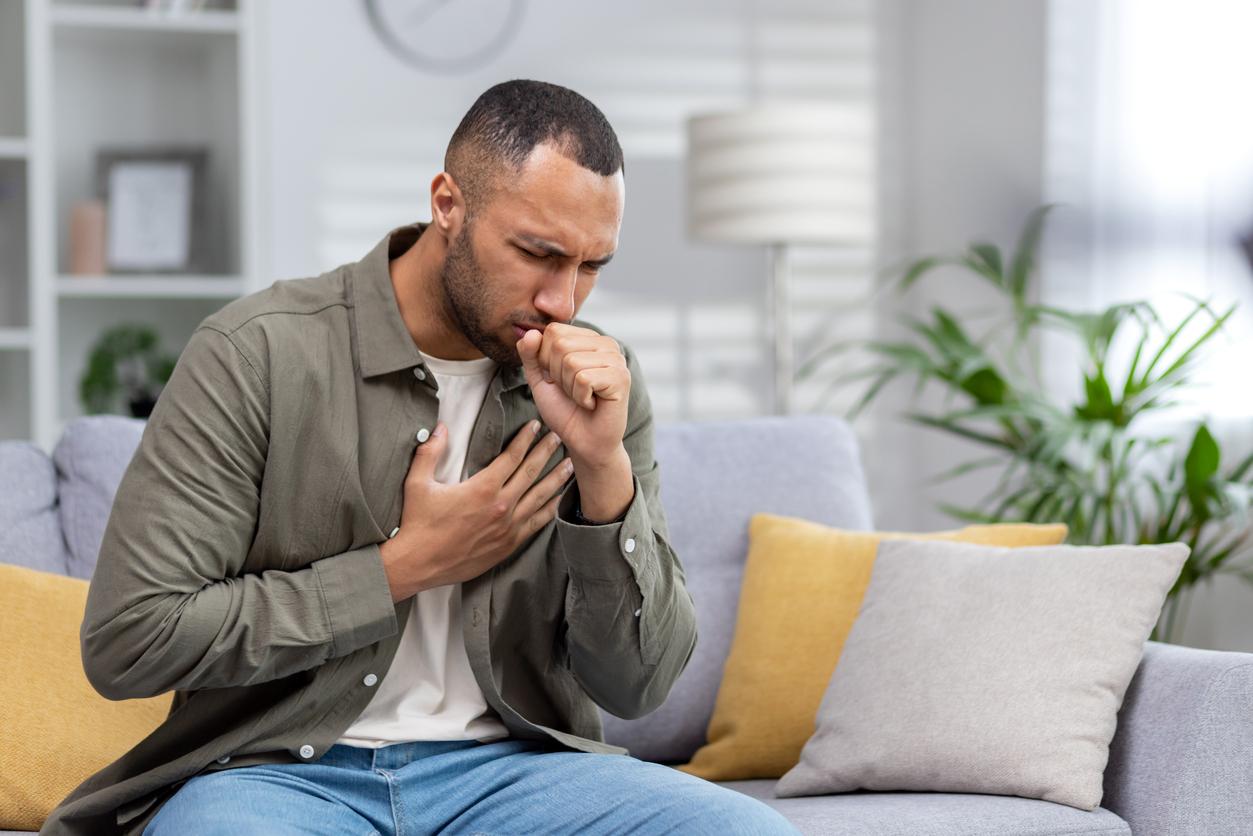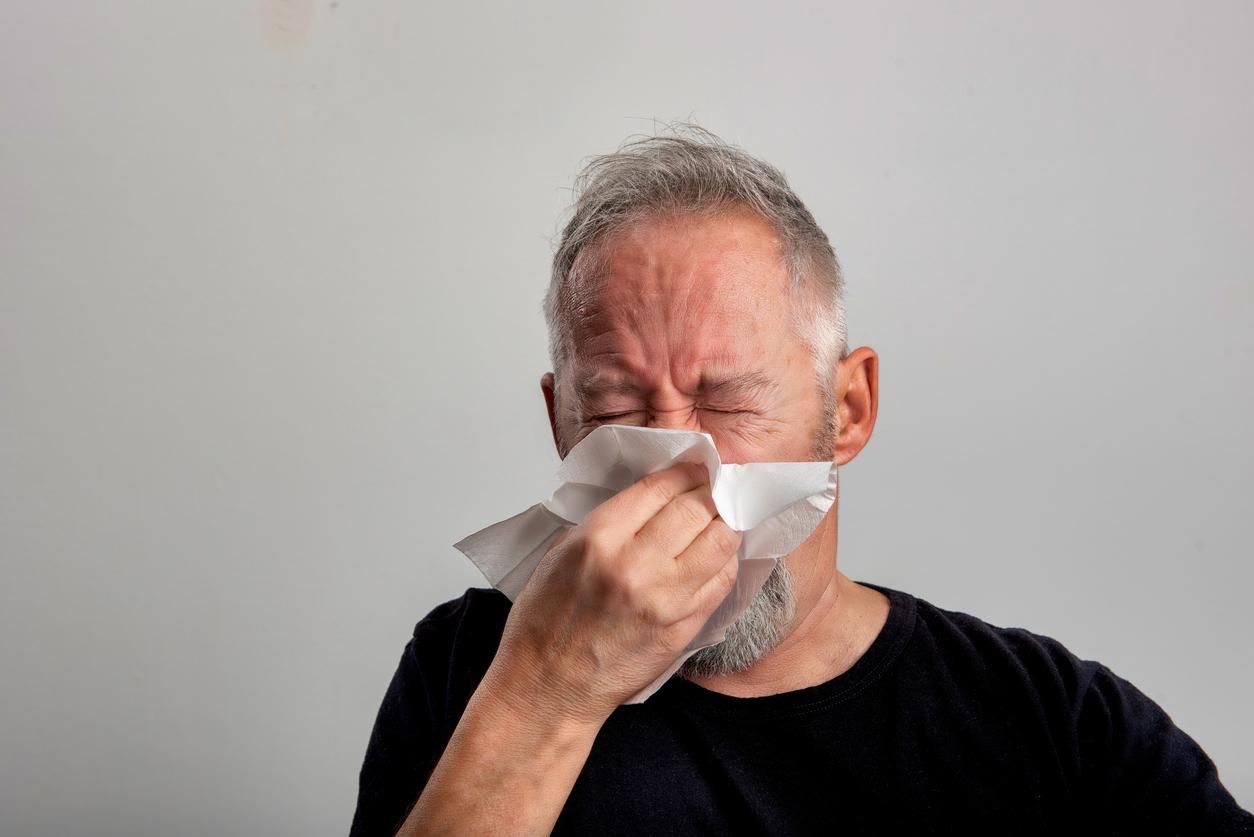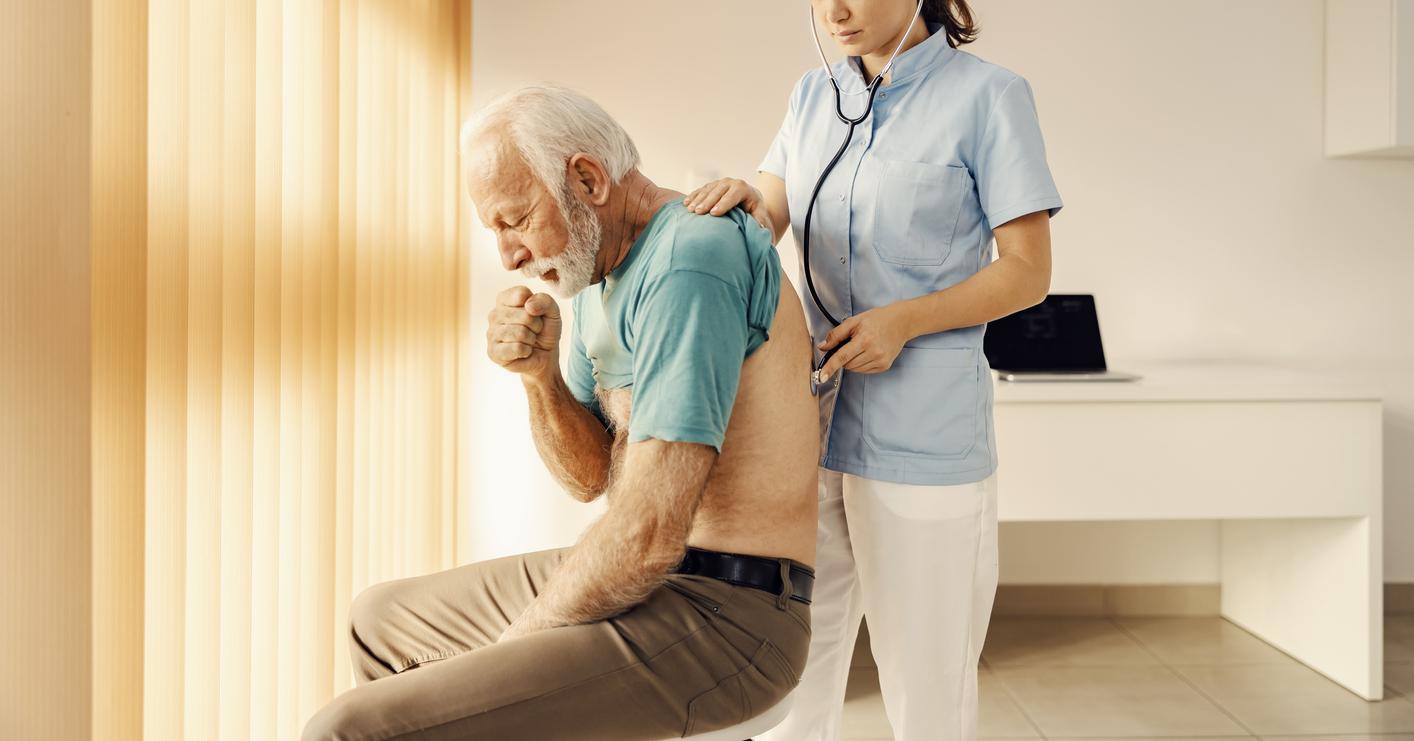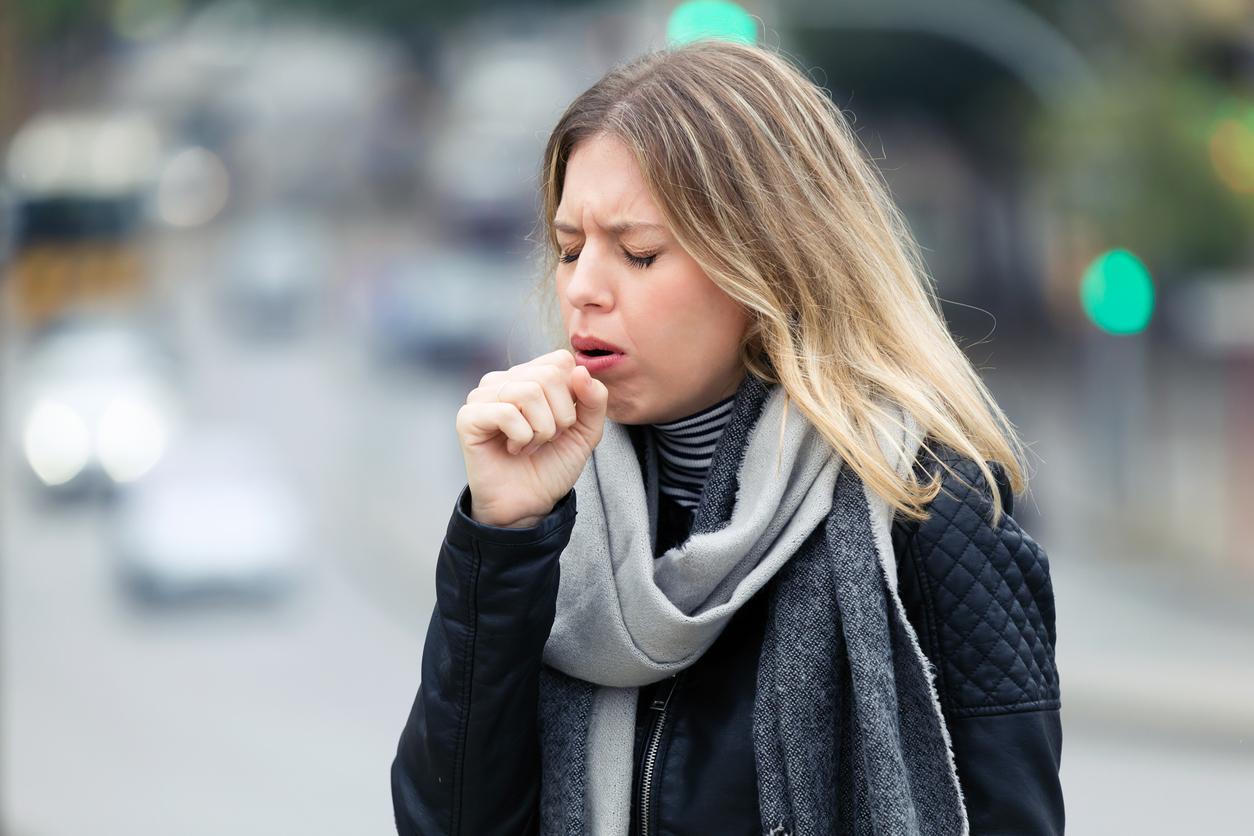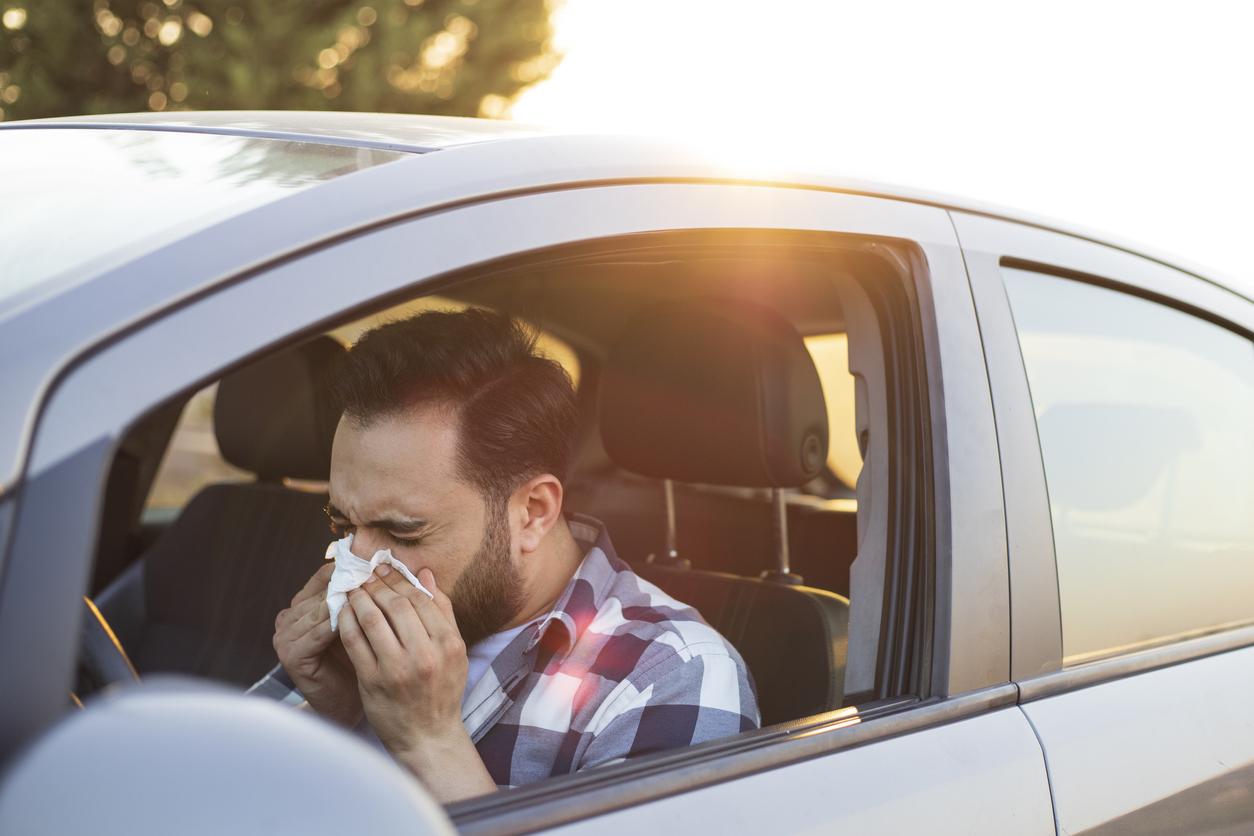The infectious particles emitted during a sneeze or a cough are projected much further than supposed: the finest go up to 200 times farther thanks to a cloud which pushes them.
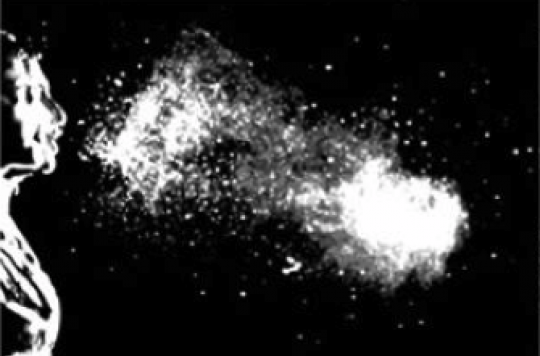
The hand in front of the mouth is not just a matter of politeness when sneezing or coughing: it is also a measure of protection. And for good reason: according to a study by the Massachusetts Institute of Technology (United States), published in the April edition of Journal of Fluid Mechanics, it is a real cloud of bacteria that is expelled.
A cloud expels and accompanies
“When you cough or sneeze, you see the droplets, or you can smell them if someone sneezes on you. But you don’t see the cloud, ”says John Bush, co-author of the article. This cloud of fluids and pathogens carries the droplets of saliva further. Particles 100 micrometers in diameter “travel” five times farther thanks to the cloud. The finest can go up to 200 times farther than without the cloud. It was by observing time-lapse movies of people coughing or sneezing, as well as using laboratory simulations and mathematical models, that the MIT team came to these conclusions.
Ventilation called into question
The pathogens therefore travel further than expected. According to the researcher interviewed by Le Figaro, it could travel 6 meters. In the eyes of researchers, this calls into question a whole series of conceptions. This is particularly the case with ventilation systems in buildings. Instead of promoting air purification, they participate in the spread of infectious particles. “You can be contaminated by ventilation in a much more direct way than what we previously thought,” said Lydia Bourouiba, co-author of the study. Indeed, the cloud produced by a cough or a sneeze is “fed” by the movements of air produced by ventilation. He therefore travels longer and further. It is all such systems that should be reassessed, if this study is to be believed.
MIT’s next step: understanding how this cloud forms, in order to better understand the transmission of respiratory and / or infectious diseases indoors. “We are trying to rationalize the distribution of droplets according to their size after the rupture of fluids in the respiratory tract and at the exit of the mouth”, details Lydia Bourouiba. “It requires zooming in closely, to observe precisely how these droplets are formed and ejected. The researchers will also try to determine if the distance traveled by pathogens depends on their nature. “The pathogen footprint is an important characteristic that will have to be defined. Where are they really going? The answer has changed dramatically, ”says John Bush. In the absence of a response, the best reflex is to cover your mouth with your sleeve or a handkerchief, which will avoid spreading your disease.
.







